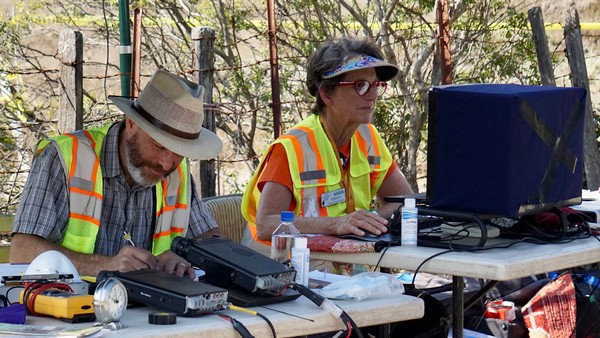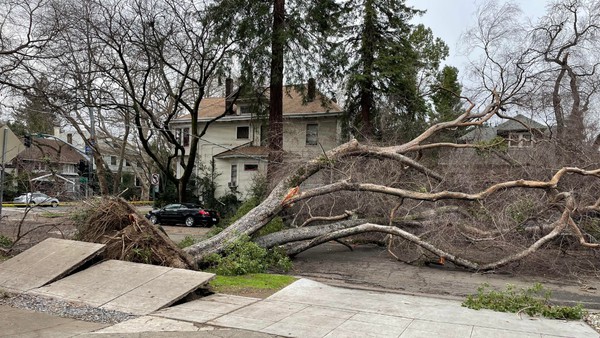Many regions in California were hit hard by the 2022-23 winter storms. In Sacramento, the losses came in the form of a thinning of the urban forest.
In the modern world of niche media and streaming entertainment, it’s not often that the citizens of the United States of America share a simultaneous experience. One such occurrence will take place this week, when the Federal Emergency Management Agency, in coordination with the Federal Communications Commission, conducts a test of the National Wireless Emergency Alert System.
This is the seventh time that this system will be used. An updated version of the Emergency Broadcast System—which delivered those familiar bursts of electronic noise followed by “This is a test…”—the Wireless Emergency Alert will simultaneously send a message to all of the nation’s cell phones. This will happen on Oct. 4 at around 5:20 p.m. Pacific Time.
This imminent event got us thinking. No, we weren’t thinking about ridiculous conspiracy theories, though predictably some folks are. Instead we thought it was an opportune time to contemplate the value of a smartphone in an emergency situation.
Making Radio Waves
This week we’re posting checklists for each of the counties we cover, offering information on resources that can help you stay safe during a local emergency. Each checklist is topped with a link to the county’s office of emergency services and specifics on how to sign up for local alerts. Counties may use different tech platforms to get the word out, but the end result is the same: real-time information dispensed simultaneously to your family, friends and neighbors. These are messages that could literally be lifesavers.
Many communities in California are lucky enough to have groups of local citizens who prepare not only to take care of themselves during a disaster but also to protect others. They form Community Emergency Response Teams (CERT) to assist first responders, train to do search and rescue, or form ham radio groups. California Local reporter Kimberly Hickok shares the story of how one such group of radio enthusiasts in the disaster-prone Santa Cruz Mountains works to keep the lines of communication open.
Listening Skills

How local amateur radio operators can help in the next big emergency.
In an effort to reduce the risk of wildfire, Cal Poly Humboldt faculty and students have embarked on a three-year study to investigate tree health.
(10/03/2023) YubaNet
Student workers at the 23-campus system say their pay is low, their hours are restricted and they get no sick pay. They are hoping to join the employees union to fix that.
(10/03/2023) CalMatters
The European Union has banned certain additives that are used in American candies and baked goods. California is on the cusp of prohibiting their sale by 2027.
(10/02/2023) CalMatters
A long-awaited, controversial report weighs updates to standards that state officials say have failed to protect fish and wildlife. But environmentalists, Native tribes and others already are furious about how long this has taken—and the state is years away from taking action.
(09/28/2023) CalMatters
Survivors who were sexually assaulted while imprisoned got an audience at the state Capitol, sharing their stories while testifying at a California Legislative Women’s Caucus briefing about abuse by staff at the Central California Women’s Facility in Chowchilla.
(09/26/2023) The Sacramento Observer




